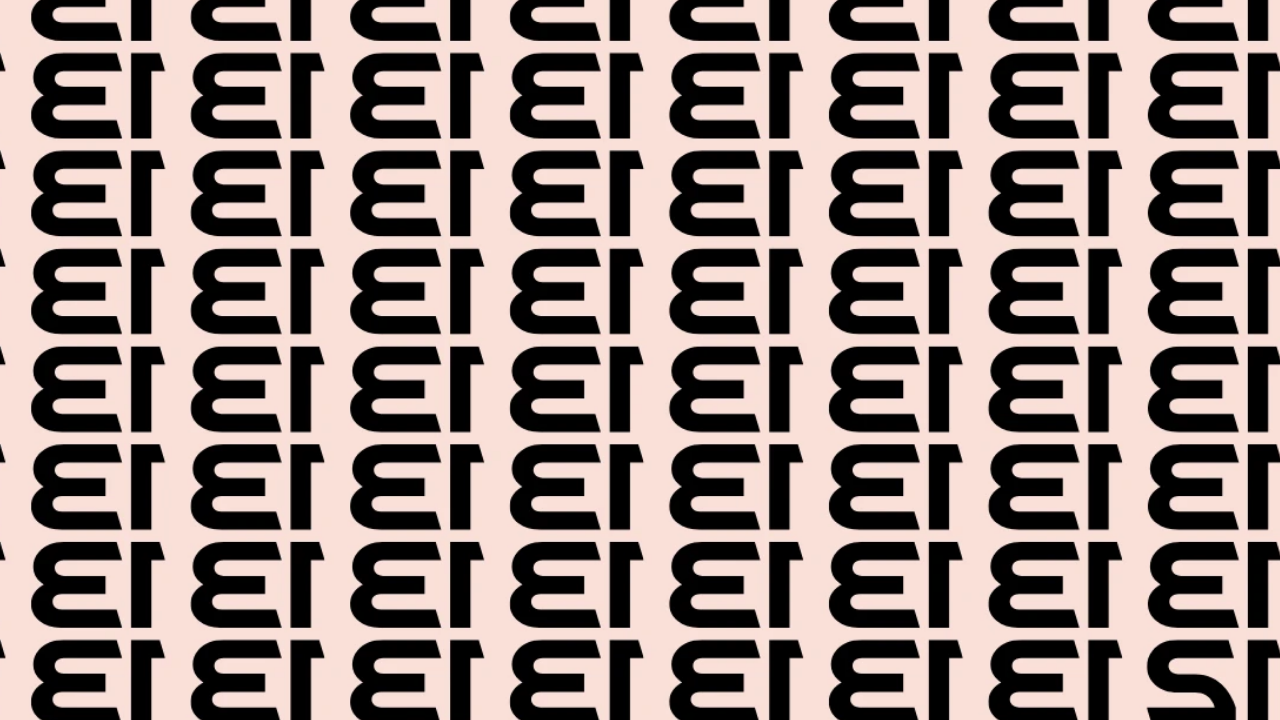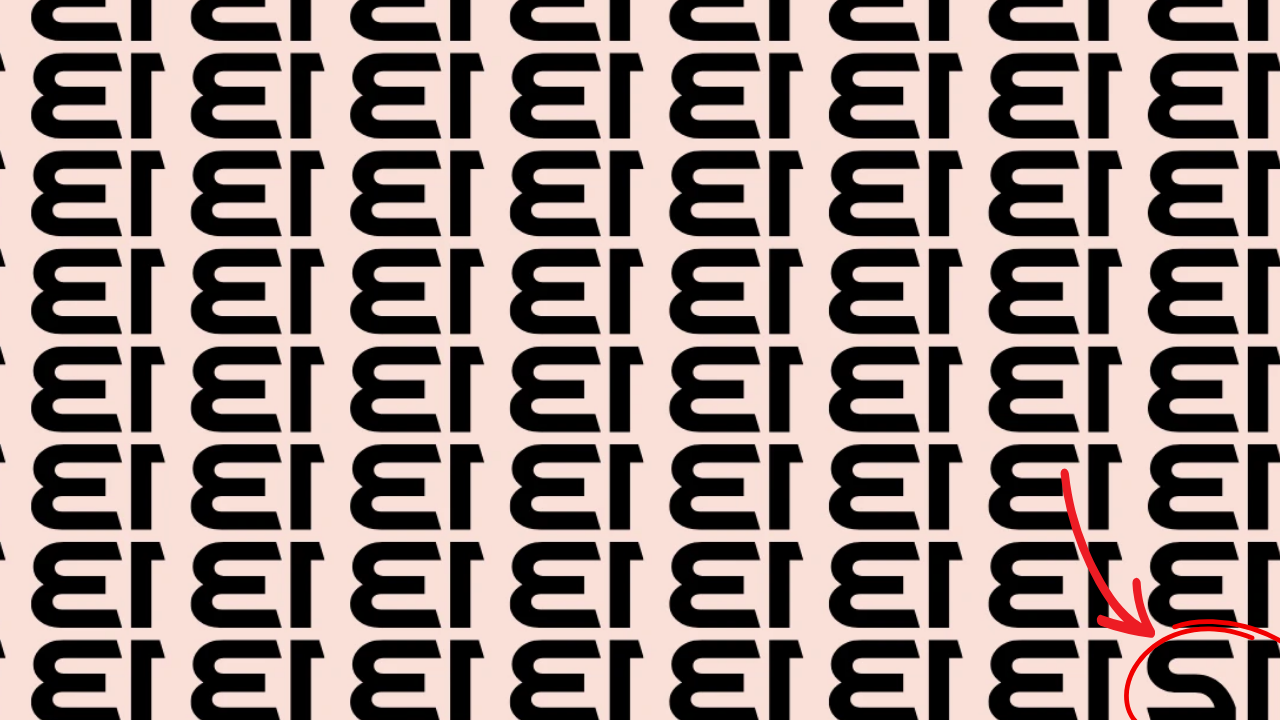Optical illusions are fascinating phenomena that trick our brains into perceiving something different from reality. These visual puzzles exploit the complexities of human perception, challenging our ability to discern patterns, shapes, and differences. The “Find the Odd 12” optical illusion is a captivating example that has gained popularity for its deceptive simplicity. In this challenge, participants are tasked with identifying a single number 12 that differs from a sea of seemingly identical 12s. This article delves into the science behind optical illusions, the specifics of the “Find the Odd 12” challenge, and tips to sharpen your perception skills.
Optical illusions, like the “Find the Odd 12” puzzle, are more than just fun games—they offer insights into how our brains process visual information. By exploring this challenge, we’ll uncover why these illusions captivate us and how they can enhance our cognitive abilities.
The Science Behind Optical Illusions
Optical illusions occur when our visual system misinterprets the information received by our eyes. The human brain relies on patterns, context, and prior experiences to interpret visual stimuli, but illusions exploit these processes to create confusion. The “Find the Odd 12” challenge, for instance, plays with our perception of uniformity and difference.

How Our Brain Processes Visual Information
When we look at an image, light enters our eyes and is converted into electrical signals by the retina. These signals are sent to the brain’s visual cortex, where they are interpreted as shapes, colors, and patterns. However, the brain doesn’t process every detail individually—it uses shortcuts, such as grouping similar objects or relying on contrast, to make sense of complex scenes quickly. Optical illusions take advantage of these shortcuts, creating discrepancies between what we see and what is actually there.
In the “Find the Odd 12” challenge, the brain is overwhelmed by a grid of identical-looking numbers, making it difficult to spot the one that stands out. The illusion may involve subtle differences in font, size, color, or orientation, which our brain initially overlooks due to its tendency to group similar elements.
Types of Optical Illusions
Optical illusions can be categorized into several types, including:
-
Literal Illusions: Images that create a false impression of an object, such as a drawing that appears three-dimensional but is flat.
-
Physiological Illusions: Effects caused by overstimulation of the eyes, like afterimages from staring at bright colors.
-
Cognitive Illusions: Misinterpretations based on the brain’s assumptions, as seen in the “Find the Odd 12” challenge, where the brain assumes all 12s are identical.
The “Find the Odd 12” puzzle falls under cognitive illusions, specifically those involving figure-ground organization and pattern recognition. By presenting a grid of numbers, it challenges our ability to differentiate a single anomaly from a uniform background.
The “Find the Odd 12” Challenge Explained
The “Find the Odd 12” optical illusion typically consists of a grid or scattered arrangement of the number 12 repeated multiple times. Among these, one 12 is slightly different—it might be bolder, lighter, rotated, or in a different font. The goal is to identify this anomaly as quickly as possible. While it sounds straightforward, the illusion’s design makes it surprisingly difficult.
Why Is It So Hard?
The difficulty lies in the brain’s tendency to perceive uniformity in repetitive patterns. When faced with dozens of 12s, our visual system groups them as identical, making the odd one blend in. Factors like visual noise, time pressure, and subtle differences amplify the challenge. For example, if the odd 12 is only slightly larger or in a marginally different shade, our brain may skip over it in its rush to process the entire image.
Examples of Variations
The “Find the Odd 12” challenge can take many forms:
-
Font Variations: The odd 12 might be in a different typeface, such as Arial versus Times New Roman.
-
Color Differences: A slight shift in hue, like a darker gray versus a lighter one.
-
Size or Orientation: The odd 12 could be slightly larger, smaller, or rotated at an angle.
-
Positioning: In some versions, the odd 12 is misaligned with the grid, creating a subtle disruption.
These variations make each iteration of the challenge unique, keeping participants engaged and testing different aspects of visual perception.
Strategies to Spot the Odd 12
Finding the odd 12 requires patience and a strategic approach. Here are some tips to improve your chances of success:
-
Scan Systematically: Instead of looking at the image as a whole, scan it row by row or column by column. This methodical approach helps you focus on individual elements rather than being overwhelmed by the pattern.
-
Look for Disruptions: Pay attention to anything that breaks the uniformity of the grid. A slight misalignment, a bolder line, or an unusual color can be a clue.
-
Use Peripheral Vision: Sometimes, staring directly at the image makes the odd 12 harder to spot. Try looking slightly to the side to let your peripheral vision pick up on subtle differences.
-
Take Breaks: Staring at an optical illusion for too long can cause visual fatigue, making it harder to notice differences. Take short breaks to refresh your eyes.
-
Practice Pattern Recognition: Regularly engaging with optical illusions can train your brain to spot anomalies faster. Try other similar puzzles to build this skill.
By applying these strategies, you can improve your ability to find the odd 12 and enhance your overall visual perception.
The Cognitive Benefits of Optical Illusions
Engaging with optical illusions like the “Find the Odd 12” challenge isn’t just entertaining—it offers cognitive benefits. These puzzles stimulate the brain, improving focus, attention to detail, and problem-solving skills.
Enhancing Visual Perception
Optical illusions force the brain to work harder to process conflicting information, strengthening neural pathways involved in visual processing. Over time, this can improve your ability to notice subtle details in everyday life, from spotting typos in a document to detecting changes in your environment.
Boosting Concentration
The “Find the Odd 12” challenge requires sustained attention, as distractions can make it harder to spot the anomaly. Regularly practicing such puzzles can enhance your ability to focus under pressure, a skill valuable in both personal and professional settings.
Improving Problem-Solving Skills
Optical illusions encourage creative thinking and problem-solving. By experimenting with different strategies to find the odd 12, you develop flexibility in how you approach challenges, a skill that translates to other areas of life.
The Cultural Appeal of Optical Illusions
Optical illusions have captivated people across cultures and generations. From ancient art that played with perspective to modern viral challenges like “Find the Odd 12,” these puzzles tap into our curiosity and love for discovery. Social media platforms, including X, have amplified their popularity, with users sharing their times and strategies for solving the challenge.
The “Find the Odd 12” puzzle has become a viral sensation due to its accessibility and shareability. It’s easy to create and distribute, yet difficult enough to spark discussion and competition. Posts on X often feature screenshots of the puzzle with captions challenging others to beat their time, creating a sense of community around the shared experience.

Creating Your Own “Find the Odd 12” Puzzle
Want to design your own optical illusion? Here’s a simple guide to creating a “Find the Odd 12” puzzle:
-
Choose a Format: Decide whether you want a grid (e.g., 5×5) or a scattered arrangement of 12s.
-
Select a Difference: Pick a subtle variation for the odd 12, such as a different font, size, or color.
-
Use Design Software: Tools like Adobe Photoshop, Canva, or even Microsoft PowerPoint can help you create the image. Ensure the difference is subtle but noticeable upon close inspection.
-
Test Your Puzzle: Share it with friends or family to ensure it’s challenging but solvable.
-
Share It: Post your puzzle online, perhaps on X, with a challenge for others to find the odd 12.
Creating your own puzzle is a fun way to engage with optical illusions and share the experience with others.
Looking Forward
The “Find the Odd 12” optical illusion is a delightful blend of simplicity and complexity, challenging our perception and cognitive abilities. By understanding the science behind optical illusions and applying strategic approaches, you can master this puzzle and enjoy its cognitive benefits. Whether you’re a casual puzzler or a dedicated enthusiast, this challenge offers a fun way to test your skills and learn more about how your brain interprets the world.
So, can you find the odd 12? Dive into the challenge, share your results, and explore the fascinating world of optical illusions. With practice, you’ll not only spot the anomaly faster but also gain a deeper appreciation for the intricacies of human perception.
